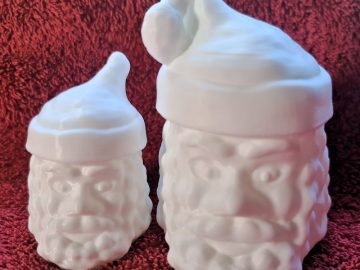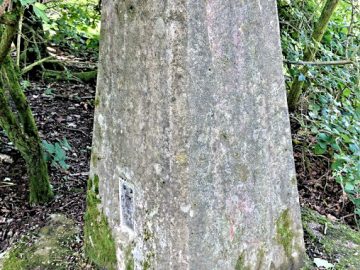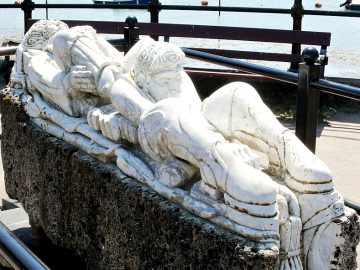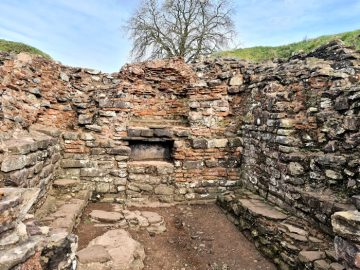If you walk along Monmouth Walk in Cwmbran, South Wales, you’ll come across a wonderful sculpture of a woman and child that seems a bit of a mystery. According to the text on the pedestal it was erected in July 1982 by the Cwmbran Development Corporation. It also says it is the only replica of an original located in Hyde Park, London. And a small punched inscription set onto the small details at the base of the sculpture indicates it was made by A&A Casting from London. However, despite web-searching and looking through images of Hyde Park sculptures, there appears to be little other information available about it.
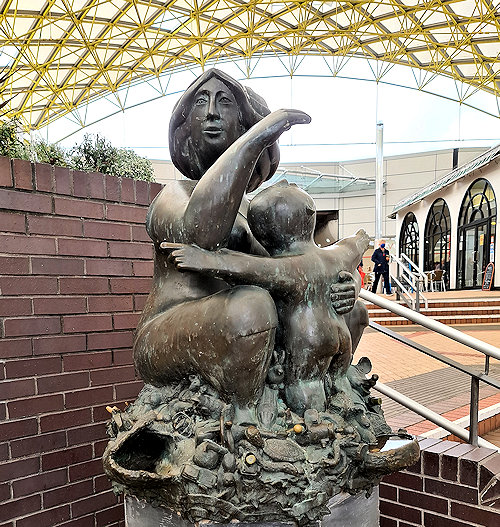
Quick summary of this 3D creation
Overview: A sculpted 3D scan of a sculpture of a woman and child.
Location: Cwmbran Town Centre, Cwmbran, South Wales, United Kingdom [map].
Date/era: Exact date unknown, but during or before 1982.
Software used: Sony 3DCreator Android app, Nomad Sculpt Android app, Meshmixer, OpenSCAD.
Intended use: 3D printing, preferably in resin to retain detail.
Download: MyMiniFactory page.
I’ve previously scanned the head of this sculpture (click here to see it) so only had to concentrate on scanning the rest of her body, the child and the items around their feet. That I did using the excellent Sony 3DCreator app on an Xperia ZX2 smartphone. It did a pretty good job of capturing most of the shape, despite there being lack of detail in many large shiny metallic areas. However, being a simple app, it obviously had some problems, so it needed plenty of sculpting using the excellent Nomad Sculpt on my Android tablet, which has a pressure sensitive stylus that makes it ideal for sculpting 3D scans. You can see the original scan loaded into Nomad Sculpt in the screenshot below.
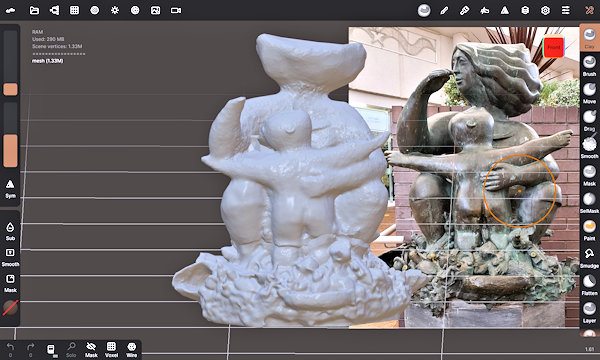
The most obvious problem in the screenshot is the lack of the hand held up to her mouth, which was fixed by merging in a cube of digital material, then shaping it with the clay brush. Also, the lack of a head is notable, but as I said previously it was scanned at an earlier date, so I only had to scale, rotate and translate that scan into place, then voxel-merge it. In fact, the main problem I had to overcome was the fact that the area between the woman and child is very narrow, so 3DCreator wasn’t able to scan it. Fixing that involved voxel-subtracting primitive solids, behind and below the child’s head, to create the void and the holes under the arms and beside the legs, then using the clay and smooth brushes to get to the proper shape (using some photos for reference).
Also, 3DCreator wasn’t able to scan all the little details in the objects around the feet. However, for a small replica (in this case 60mm high) those details would never find their way into a 3D print: so I didn’t feel it necessary to try to recreate them. Instead I simply tried to get enough detail in the scan to provide a representative shape. After all, having used a smartphone app and sculpting software on the project, it obviously would never be an exact replica of the original. It was, however, intended as a celebration of this little known sculpture, and I think 3DCreator and Nomad Sculpt did an excellent job of helping me achieve that. The finished sculpt was then re-meshed in Meshmixer on a PC and you can see the finished version on Sketchfab below (click the play button to load the model and view it in 3D).
While I previously had good results 3D printing the head in my fused-filament printer, the small size, and significant amount of detail, for this project meant I used my new Anycubic Photon Mono SE resin printer instead. I consider it an excellent Black Friday deal as the mono screen means prints are more detailed, and take around a third of the time to complete, compared to my old SLA printer. Also, I used Elegoo water-based resin, as it’s so much easier to work with than normal resin, and produces much less in the way of obnoxious fumes. Although I find water-washable resin can cause some smoothing of sharp details, I was pleased with the result, which is shown in the photo below.
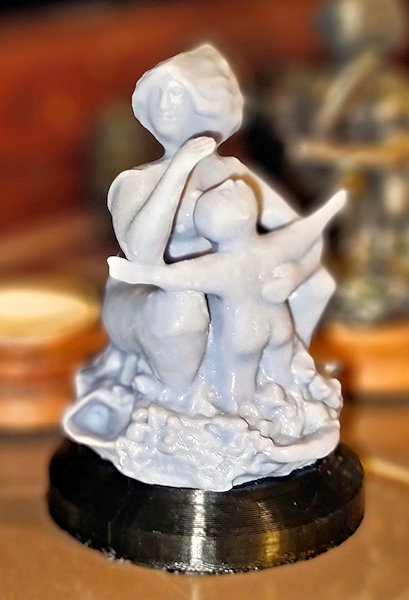
To finish off, I gave the print a coat of The Army Painter brush-on primer, to help the paint adhere, followed by a couple of coats of Humbrol bronze. However, I didn’t feel that really gave the feel of the original artwork, so I used a very diluted wash made from The Army Painter wash medium and some of their Goblin Green paint. I painted it very thinly so it wouldn’t obscure the bronze paint, just leaving a greeninsh tint to approximately match the original. I also tried to let some of the wash collect around details to bring them out a little. After that I added a coat of Citadel Technical Stormshield clear varnish as it reduces the shininess to a level more appropriate to the look of the sculpture. And you can judge the result of all that in the photo below, on a base made in OpenSCAD and 3D printed using wood-infused PLA.
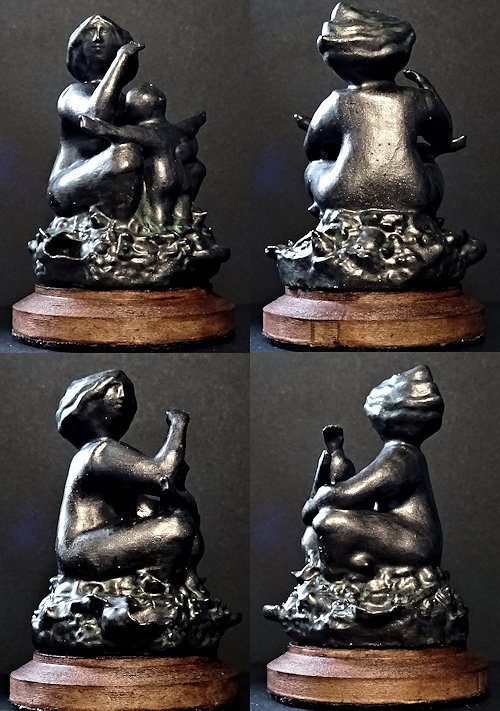
So finally, in case you’d like to use the methods in this project for your own work, let’s recap on what was involved:
- The Sony 3DCreator Android app was used to create a basic 3D scan on a smartphone, which provided a good representation.
- Nomad Sculpt, on an Android tablet, was used to repair scanning problems and fuse in the previously scanned head.
- On a PC Meshmixer was used to solidify/remesh the model to achieve a much smaller file size.
- The finished 3D model was then test printed in resin and found to print to an acceptable quality.
- Due to the amount of detail in the final model, and its’ small size, fused-filament 3D printing was not considered appropriate.
- A base was made for the model to sit on using OpenSCAD and wood-infused PLA.
Please note that this scan is provided without any license for commercial use. It is intended simply as a souvenir you can have the fun of printing yourself that advertises this beautiful sculpture. And of course it is intended to be a motivation for you to visit beautiful Cwmbran Town Centre yourself to do a bit of shopping and view this wonderful work of public art.

